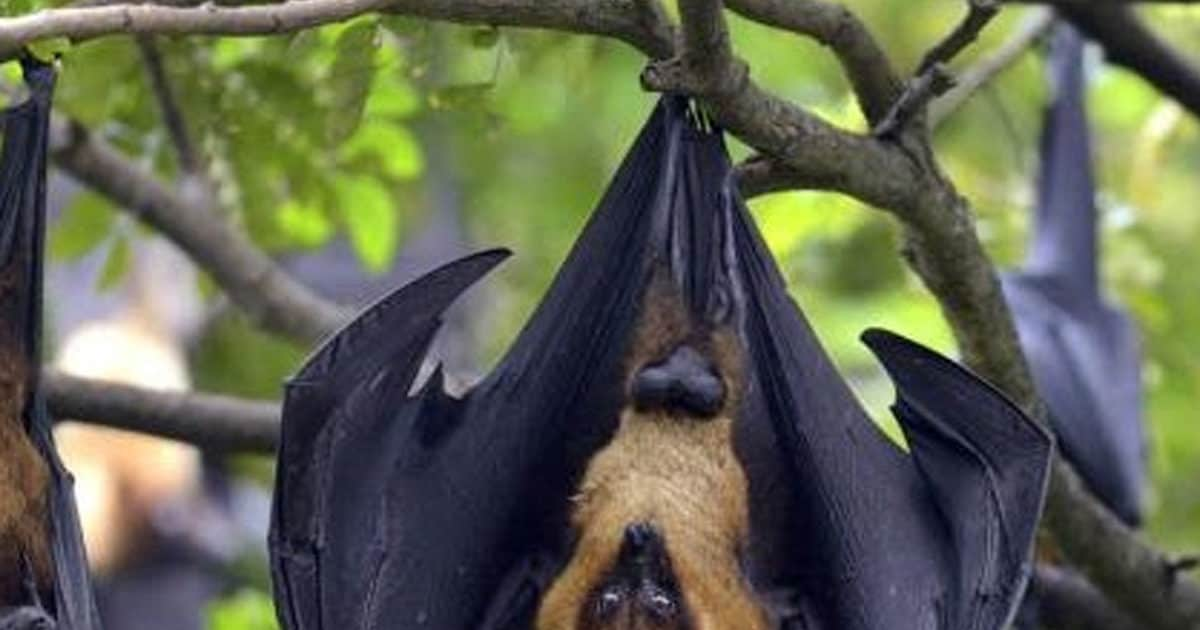
[ad_1]
Highlights
Bats are also at risk from fungus and white nose syndrome
Cats took the lives of a quarter of bats revealed in the report
‘Cat curfew’ implemented in some Icelandic cities
Burnaby (Canada). Simon Fraser University professor Kylie Byers says that in the coming months, only a few bats will be seen roaming in the sky in the evening. This is the time throughout the year when some species of bats disappear from sight. In winter they rest in narrow crevices of rocks or in caves. The good thing is that the disappearance of bats like this is for some time. Bats are important for a healthy ecosystem. They help in the diffusion of nutrients in the environment and pollination of plants. They also eat insects, which reduces the need for pesticides in agriculture.
Bats are of great benefit to our ecosystem, since they do their activities in the dark, we are often not aware of the help they provide. More worrying than the seasonal disappearance of bats, North America has been witnessing a decline in the population of bats for decades. Their habitat loss due to deforestation, urbanization and expansion of agricultural land is causing a lack of suitable space for bats. Also, due to spraying of pesticides on crops, a large number of bats also die.
Bat population declining in North America
However, the troubles of bats do not end here, but due to fungus and ‘pseudogymnoscus’, ‘white nose syndrome’ spreads. Due to this deadly fungus, more than 6 million bats have died in North America. The ‘white nose syndrome’ has proved particularly devastating in eastern Canada, where it has caused populations of brown little myotis (Myotis lucifugus) and northern myotis (Myotis septentrianalis) to decline by more than 90 percent. Outbreaks of the fungus are also increasing in Western countries, where its first case was reported in July in Saskatchewan. ‘White nose syndrome’ is not found in British Columbia, but it is threatened.
Kaylee Byers says that our research team has been working on wildlife health for more than a decade in the British Columbia unit of the Canadian Department of Wildlife Health Cooperative. To understand the threats facing 15 species of bats living in British Columbia, we studied 275 bats killed between 2015 and 2020. We found that the most common causes of death are related to human activity. This information can help us trace the bat population at this time between urbanization and climate change. To save the life of bats, we have to know how they die.
Bats are more at risk than cats
Kylie Byers says we gin bats But studied, a quarter of them were killed by cats. This should come as no surprise – pet cats are notorious for killing wildlife. In Australia, it is estimated that free-roaming domesticated cats kill 39 million animals every year. These cats pose a threat not only to bats but also to biodiversity. Some cities in Iceland have implemented a ‘cat curfew’ to save their dwindling bird population.
Also read: Learn! For what reason 3 colored ‘bats’ are ending in ‘America’, shocking disclosure
The study found that 25 percent of bat deaths were caused by collisions with objects of human use, such as cars or buildings. Interestingly, most of the bats that died in this way are likely to be males. It is not entirely clear why this is so, but research suggests that male bats can fly farther than female bats, increasing their risk of colliding with vehicles or buildings.
Be the first to read breaking news in Hindi News18 Hindi| Today’s latest news, live news updates, read the most reliable Hindi news website News18 Hindi|
Tags: Bats, Environment news
FIRST PUBLISHED : October 29, 2022, 4:50 PM IST
[ad_2]
Source link





